It’s not often in the gallery world that a 50th anniversary is celebrated. This year, the New York-based Viridian Artist’s gallery is celebrating this exact anniversary. A Golden anniversary; half a century….. Remarkable! Bravo and kudos! How is this possible? The art world is a volatile place and subject not only to artistic trends and personalities, but also to changing social and economic forces. Throughout all of this, Viridian has held fast. The gallery has been functioning successfully since 1968, with some of the original founding members still present and active. Doubly remarkable. I have known of the gallery for close to half its existence, through its current director Vernita Nemec, who has been the director of Viridian almost continually for the past 17 years. But who are they and how have they done it? Briefly, it has always been an artist-run gallery, one of the primary elements that has kept Viridian going so long. Before joining, new gallery artists are subject to review by their peers, and the artist members themselves decide who joins. A large part of its strength lies in this collective energy and commitment. And now, with the fiftieth anniversary, the gallery continues its artistic legacy.
First, a bit of history… The artist’s group that became Viridian originally came together in 1968, giving it a direct link to a vital time in art- and world- history. This was, needless to recount, a time of great upheaval in New York and the world. Life in the City was a lot more chaotic and challenging than in recent years. Crime was more frequent and widespread, and there were areas of the city that were simply dangerous to visit. Soho was a deserted, eerie place that had only just barely survived the proposed destruction by Robert Moses for a highway across lower Manhattan. Inside the dark and empty buildings were large and cavernous floors, formerly factories and manufacturing spaces, abandoned by the industries once housed there; large spaces perfect for artist’s studios and galleries. But at this point, it was just being discovered. The New York gallery center at this time was located largely in the upper midtown areas of 57th Street, with a number of galleries nearby on Madison Avenue. The art scene in New York was vital and growing, reflecting the changes in American society as a whole. During this time, dozens if not hundreds of iconic works were produced; Warhol’s Factory was very active, and artists such as Rauschenberg, Lichtenstein, Johns, Rothko and many others, were creating the works for which they later became famous.
Into these deserted streets of Soho came a group of artists originally from Long Island, who called their space Second Story Spring Street, from the location of their new gallery. Pioneers indeed. But it wasn’t long before these artists decided they would prefer to base themselves in a location more central to the gallery world as it was at this time, since Soho was still in its embryonic state as an art nucleus. The members elected to re-establish themselves as an artist-run gallery, uptown on 57th Street; one of the first galleries with this organizational structure. And there they began their work. Over the coming years, Viridian would have three 57th Street locations, including two in the renowned New York Gallery Building, a major focal point of the art world in its day.
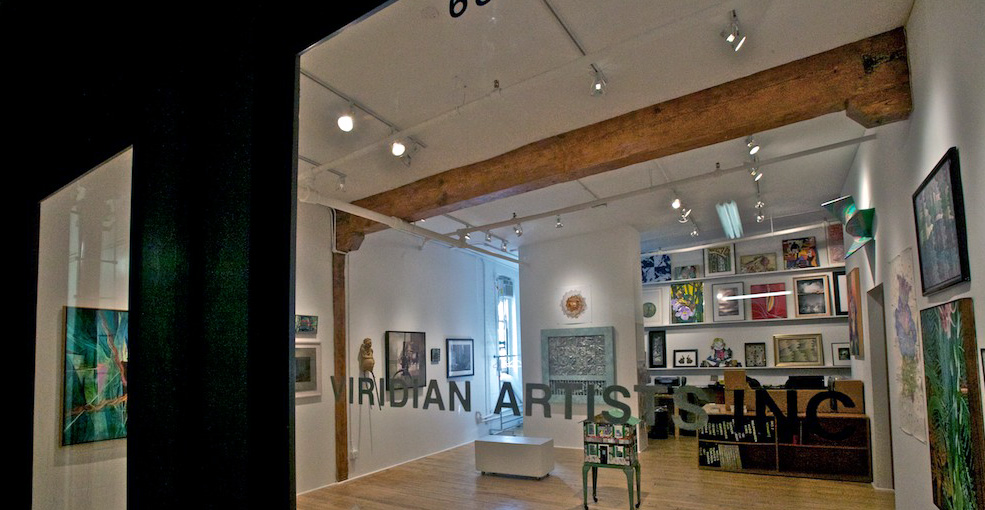
By the time the seventies and eighties had passed, the City had rebounded from its time of greatest crisis, and had become a much more secure and prosperous place. As a result, real estate and rental prices had begun to factor much more into business plans all over the city. Not only was the subsequent art center in Soho affected by the rising prices necessary to maintain a gallery space, but so also was 57th Street. Viridian soon faced rising costs that required a change. It became necessary to move in 2001 when, at the end of their current lease, the landlord quadrupled their rent. Ouch! A great debate among the members ensued about where to relocate. Soho, the previously well-established center for art in New York, was also being threatened by economics requiring high rental payments more suitable for commercial businesses. A solution was needed.
Several galleries had discovered the old shipping warehouse area of far West Chelsea, where spaces were available and prices affordable. Susan Sills, who had become president of Viridian in 1995, (and subsequently served as president or co-president for a full 20 years), recounted that on her first visit to investigate, she and two members who accompanied her, Virginia Smit and Barbara K. Schwartz, found a desolate and forbidding area, although galleries were clearly appearing there. A former Viridian staff member, Denise Bibro, had already opened a large gallery space on West 20th Street. Susan and the Viridian members, though not without some lingering reservations, felt that it was worth taking a chance in this new area, and the decision was made.
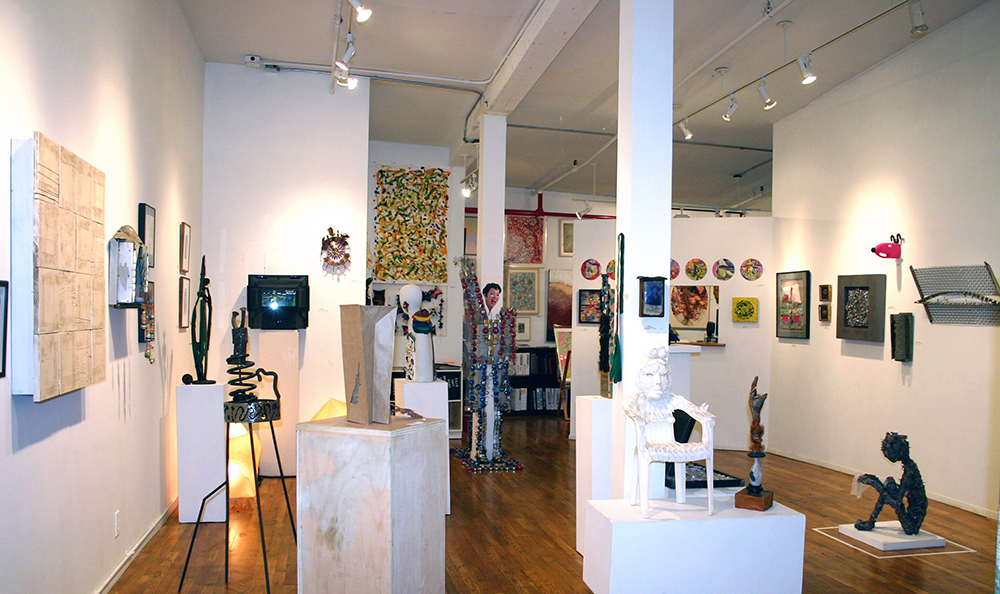
Viridian was able to secure a large space on West 25th Street, where a group of other artist-run galleries had recently established themselves in one of the former warehouses. Susan Sills and artist Barbara K. Schwartz designed the space themselves and supervised the construction. It had just opened in September of that year when the tragedy of 9/11 occurred. This was a challenge for all New Yorkers, and the Viridian artists found a renewed resolve about the importance of art in the modern world. The gallery thrived and continued at this location until 2004, until rent increases again dictated a search for other quarters. These economic issues had caused many galleries to relocate to the reviving Lower East Side, where there had last been a significant gallery presence in the early 1980s. Once again there was debate, but the members decided to remain in Chelsea, and soon occupied their current home at at 548 West 28th St.
As the subsequent decade and a half has passed, the roster of Viridian artists has continued to evolve and grow. On a recent list of all members over the years, I counted 163 names. Some members have left and later returned, and a very select few have been members continually since the 1970s, a most impressive achievement. Besides Susan Sills and Virginia Smit, I must mention Bernice Fagenburg, Bob Tomlinson, Oi Sawa, Tazuko Fuji and Deborah Sudran as part of this exclusive group. Certain artists (Sawa and Fuji), now less active due to advanced age, have been named as Honorary members, and Sudran has been honored as an Alumni artist. In a sense, the gallery has adapted to its member’s needs. This is also apparent in how the gallery has instituted a second level of involvement, the Affiliate membership, a kind of half-membership to provide a degree of flexibility for those who cannot be involved as full members. These artists have their own group show during the exhibition season. Viridian is also proud and honored to represent the estates of several deceased members, keeping their works visible before the viewing public. Viridian artists as a whole have a substantial resume of achievements. Many have had long careers teaching and exhibiting worldwide, had their work included in significant collections, as well as had notable accomplishments in other fields (including one member being awarded a Nobel Prize in science). The contributions of the members are second to none.
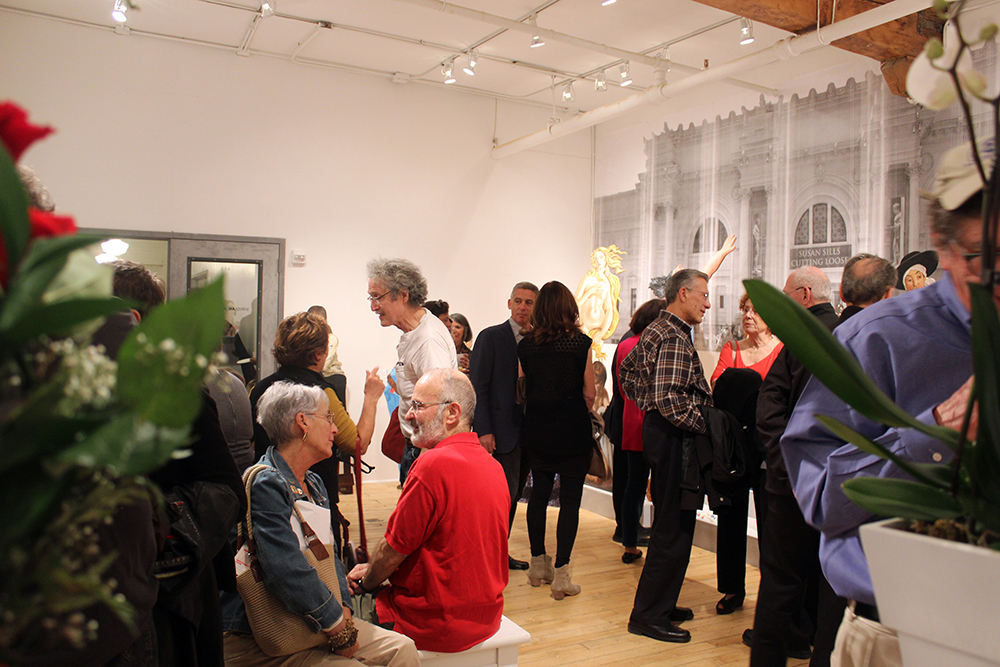
No history of Viridian can exist without mentioning the tenure of Vernita Nemec, the current director. Her contribution to the success of the gallery is substantial, and she has helped shape what the organization is now, and what it plans to be in the coming years. Viridian was still located on 57th Street when she first became the director in 1999, and she recently recounted for me the amusing story of how this happened. Vernita had been helping out as a gallery sitter, and one day, the director at the time suddenly announced her resignation, effective almost immediately. After a minute of silence, she turned to Vernita and said simply, “You could be the director here. What do you think?” From such simplicity comes great things… Vernita is also a practicing artist of significant achievement, and utilizes her experiences to guide the gallery through the many changes wrought by the contemporary era of digital media, a great challenge for an organization with such long-standing roots.

One of the ongoing challenges for Viridian is to create a balance point between the traditional model of the gallery as a physical space, and the new advantages offered via the internet in a virtual space. Vernita and the members of Viridian want to share their art utilizing the opportunities of both virtual and actual activities. Many younger artists have grown up in a world in which the computer has achieved an equivalence and viability with the traditional modes of creative communication. The Viridian artists are clear, however, that they want to maintain the use of a physical gallery space, and continue creating the special, vital interaction that goes with it. So many galleries have given up their spaces, many of them in the same building, and a couple on the same floor, as Viridian. The Viridian artists feel that there is no way to create a digital facsimile of a real place where art hangs on a wall and people congregate to share the artworks, a glass of wine, and the company of their fellow viewers and artists. Everyone I spoke to acknowledges this basic power of displaying art physically, and has decided that, essentially, it is worth it to do what must be done to keep a live space available.

The other great challenge that Vernita faces as director is that of maintaining the gallery’s membership. While Viridian’s membership is diverse both in terms of background and location, with artists from the US, Europe, Japan and India, the gallery continually wants to meet new and younger artists to spark new participation. Viridian has addressed this issue in a number of ways. Many group shows are included on the gallery’s exhibit schedule, an excellent way to meet and include new artists, several of whom have later joined as members. At the suggestion of current gallery president Alan Gaynor (an architect and photographer who has served in this capacity since 2015), Viridian has begun one of the most popular activities in this area, an annual show called ‘Thirty Under Thirty’, for artists in their twenties, with an outside curator choosing works submitted from a ‘Call for entries’ publicized on the gallery website and other internet listings, and also via personal contact lists. This exhibition has been a great success, enjoyed by many emerging young artists. Subsequently, from all the submissions received, Vernita makes her own curated selection for another group show, entitled ‘Director’s Choice’. The other favorite group show is the annual ‘Holiday Exhibition’ in the month of December, an open-submission show, where the only limitations are on the size of the work, to ensure that all of the submissions actually fit on the walls. The outcome is quite spectacular. This show also incorporates a ‘Ye Olde Art Shoppe’ section in which gallery artists offer artwork and artist-made items for sale for the holidays, all priced below $100. So the traditional ‘Salon’ is very much alive and well at Viridian. In fact, one can always find a ‘salon’ style-arrangement of work there. Artworks from all the gallery artists are displayed on a large wall of the gallery office, available for all visitors to see.
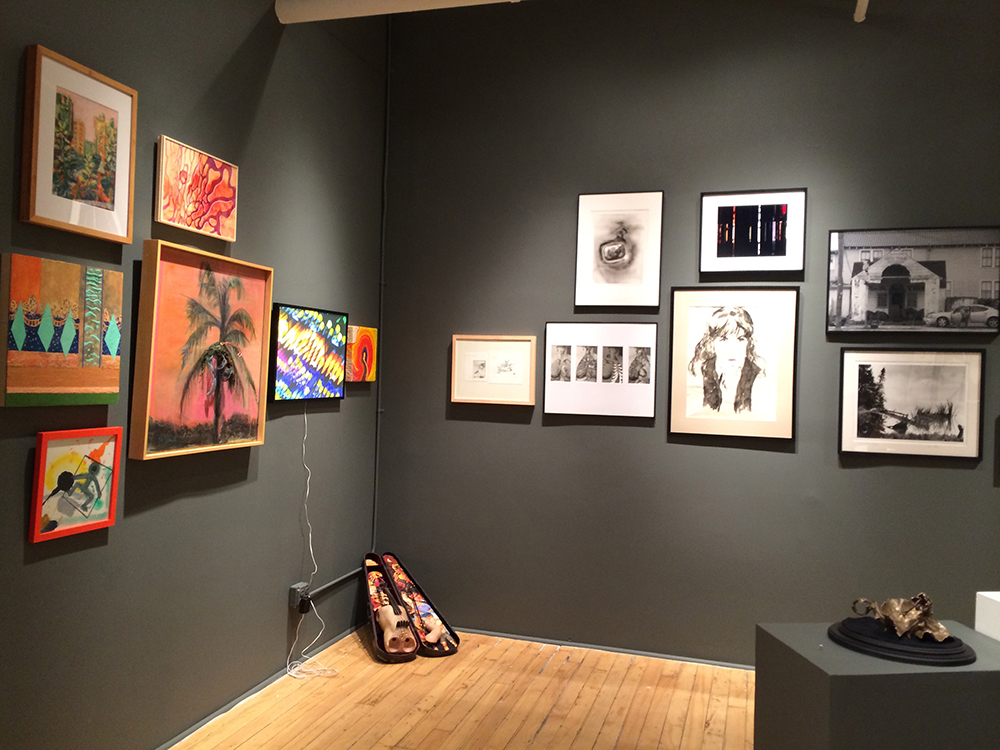
The overall result is a vital gallery in which one activity builds upon another, so important for making new contacts and inspiring further rounds of creativity. Through this, Viridian connects creative people, and gains more friends and supporters all around the world. The openings at their shows are packed with people mingling, talking, and experiencing the pleasures of fellowship and creativity. Who could ask for more? While the current round of skyscraper construction continues on the far West Side, the remaining Chelsea galleries are still resolute about keeping their presence in this area strong despite these great changes. A visit on any Thursday evening, the agreed-upon night for openings and events, will demonstrate this continued vitality, with large groups of gallery-goers circulating throughout the streets and buildings. The Chelsea galleries are still very much a ‘destination’. And so, as everyone desires, the future for artists in a gallery setting bodes well. It is the core of what Viridian represents. The reward is far more than simple longevity.
Here’s to another fifty years.
After all, how many galleries have been able to celebrate a Centenary…?
––David Rodgers




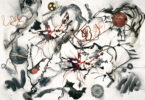
I am Frank m-Hirshfield (1935-?) in England and will be in early March (23) in Paris (NOT Texas) and hope you can tell me how to Find Bob Tomlinson former Viridian painter.
before Covid 2017 ish ,I spoke to him on the phone but have since lost his
….etc etc.
I myself “am”
http://www.avignonfineart.co.uk
and I thank you for your kind Interest.
mine: silverpoint5@aol.com
FRANK.
Hello Frank – We have sent you a message via email.
Best,
G&S.